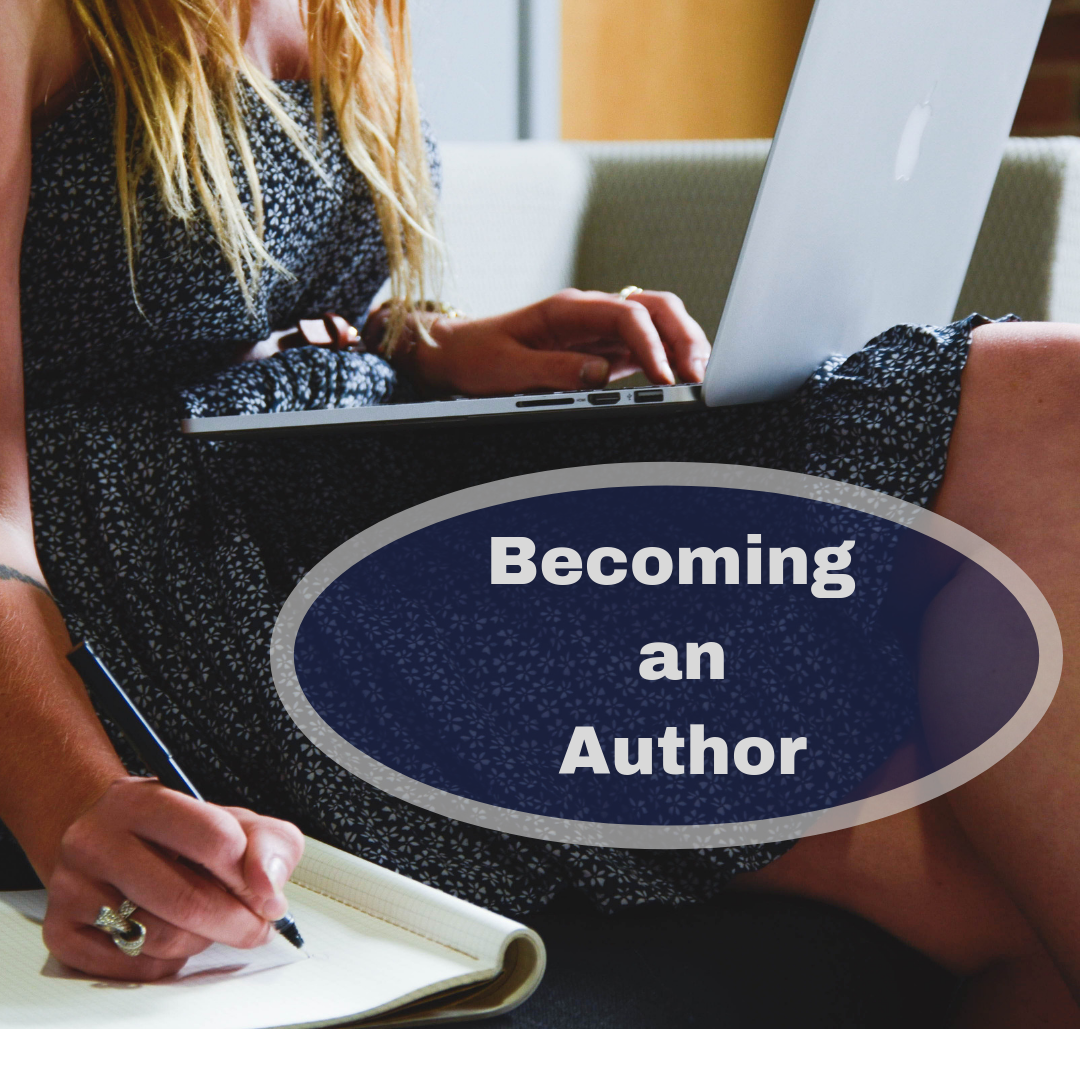
The Picky Pen
Considering Word Choice
Previously, we talked about the need to vary sentence structure to keep your writing from sounding repetitive. In that…
October 22, 2024
Previously, we talked about the need to vary sentence structure to keep your writing from sounding repetitive. In that…
October 22, 2024
Most people judge a book by its cover. You put years of your work into a book. Therefore, it…
March 13, 2021
So far in this series, I’ve shared with you techniques I’ve learned as an actress that has strengthened my…
August 10, 2020
“Do you have a unique voice?” It’s one question agents and editors often ask writers during one-on-one interviews at…
July 28, 2015